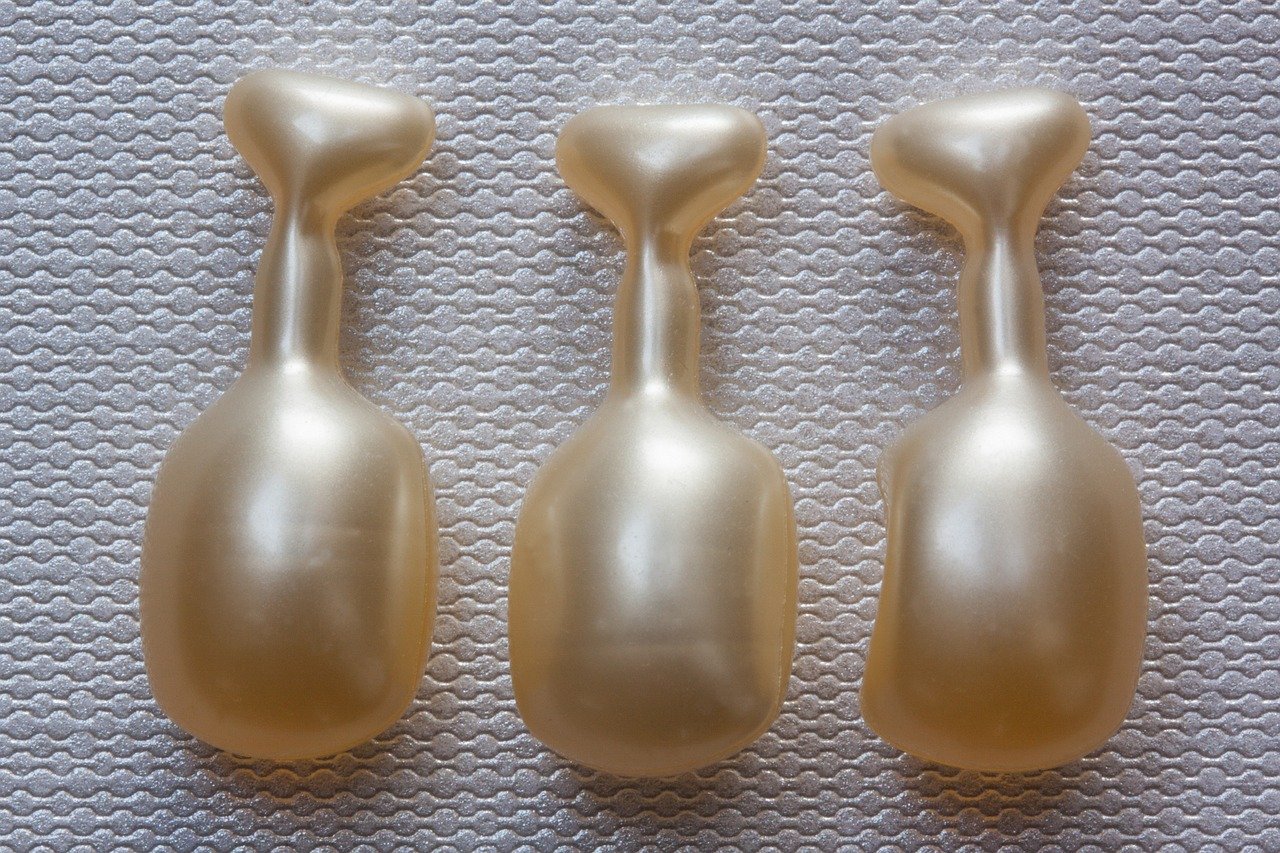Imagine a world where the secret to defying the effects of time lies within our own cells. Sounds like something out of a science fiction novel, right? Well, get ready to be amazed because the role of stem cells in anti-aging treatments is not just a fantasy, but a reality that is thriving in the vibrant country of Malaysia. Stem cell therapy has emerged as a revolutionary approach in the field of aesthetics, offering a promising solution to combat the signs of aging. From rejuvenating tired skin to promoting hair growth and even restoring vitality, the incredible potential of stem cells in anti-aging treatments is capturing the attention of both scientists and beauty enthusiasts alike. Join us as we delve into the fascinating world of stem cells and uncover the exciting advancements happening right here in Malaysia.
The Basics of Stem Cells
What are stem cells?
Stem cells are undifferentiated cells with the remarkable ability to develop into different cell types in the body. They serve as the building blocks of life, as they have the potential to transform into specialized cells, such as muscle cells, nerve cells, or skin cells, depending on the body’s needs. These extraordinary cells are crucial in the growth, development, and repair of tissues and organs throughout our lives.
Types of stem cells
There are several types of stem cells, each with unique properties and potential for therapeutic use. The main types of stem cells include embryonic stem cells, adult stem cells, and induced pluripotent stem cells.
Embryonic stem cells are derived from embryos and can differentiate into any cell type in the body. Adult stem cells, also known as somatic or tissue-specific stem cells, are found in mature tissues and can generate cells specific to their tissue of origin.
Induced pluripotent stem cells are artificially reprogrammed adult cells that have been transformed into a pluripotent state, meaning they regain the ability to differentiate into any cell type.
Properties of stem cells
Stem cells possess three unique properties that distinguish them from other cells in the body.
-
Self-renewal: Stem cells can divide and replicate themselves, producing more stem cells while maintaining their undifferentiated state.
-
Differentiation: Stem cells have the ability to develop into specialized cells with distinct functions. This process is controlled by external signals and the internal genetic programs within the stem cells.
-
Potency: Stem cells can vary in their potential to differentiate into different cell types. Totipotent cells have the potential to develop into any cell type, including the cells required to form an entire organism. Pluripotent cells can differentiate into any cell type but cannot give rise to a complete organism. Multipotent cells can differentiate into a limited number of cell types within a particular tissue or organ.
The Aging Process
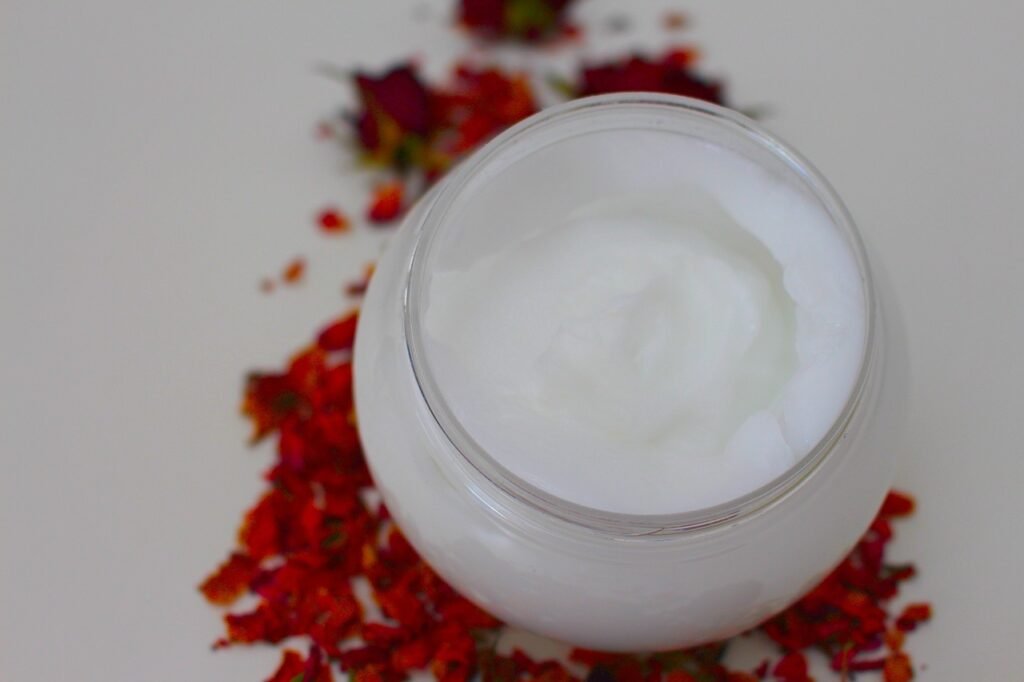
Understanding aging
Aging is a natural and inevitable process that occurs in all living organisms. It involves a progressive and gradual decline in the body’s ability to function efficiently and effectively. While aging manifests differently in various individuals, it generally leads to a decline in physical and cognitive functions.
At the cellular level, aging is characterized by a gradual loss of stem cell functionality and regenerative capacity. As we age, the body’s ability to repair and replace damaged or dying cells diminishes, leading to the visible signs of aging.
Factors that contribute to aging
Aging is influenced by a variety of factors, including genetic predisposition, lifestyle choices, environmental factors, and the accumulation of cellular damage over time. Genetic factors play a significant role in determining the rate and characteristics of aging, but lifestyle choices, such as diet, exercise, and stress management, can also influence the aging process.
Environmental factors, such as exposure to toxins, pollutants, and radiation, can accelerate cellular damage and contribute to premature aging. Additionally, the accumulation of cellular damage, including DNA mutations and oxidative stress, can impair cell function and lead to aging.
Common signs of aging
As we age, there are several common signs and changes that occur in our bodies. These signs may include the appearance of wrinkles and fine lines, sagging skin, age spots, reduced muscle tone, decreased elasticity, and thinning hair.
Internally, aging can result in decreased organ function, reduced immune system response, decreased bone density, increased risk of chronic diseases, and cognitive decline. These changes often lead to a decrease in overall vitality and quality of life.
Stem Cells and Aging
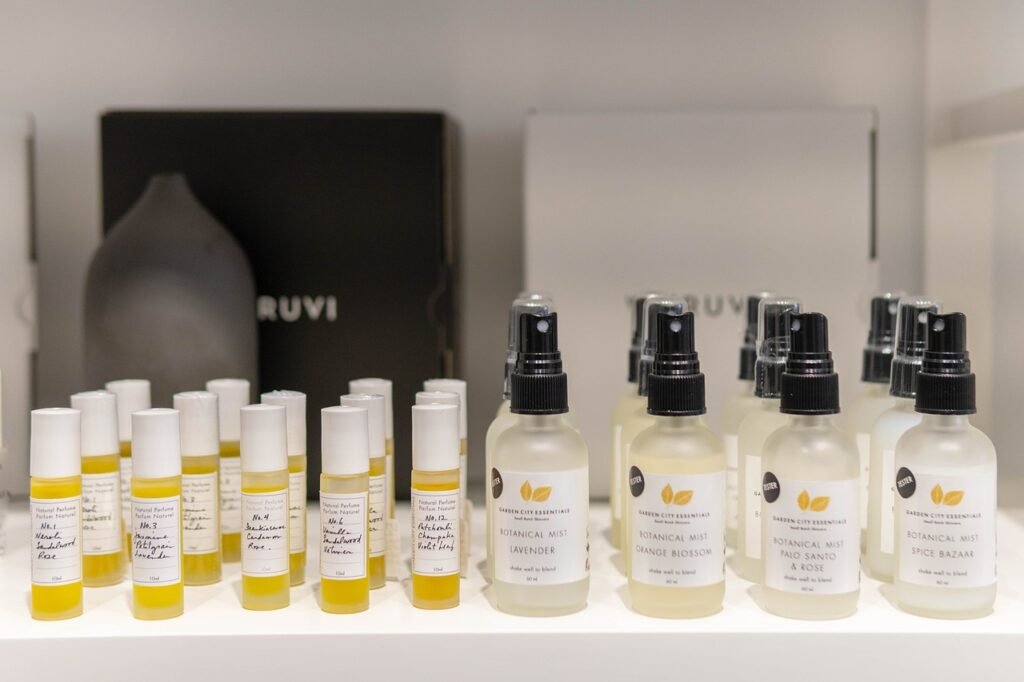
Role of stem cells in the aging process
Stem cells play a vital role in the aging process, as they are responsible for tissue regeneration and repair throughout our lives. They replenish and replace damaged or dying cells, maintaining the integrity and functionality of tissues and organs.
As we age, the number of functional stem cells decreases, and their regenerative capacity diminishes. This decline in stem cell activity contributes to the signs and symptoms of aging, such as tissue degeneration and reduced organ function.
Decline in stem cell functionality with age
As individuals age, their stem cells experience a decline in functionality, which can be attributed to various factors. The accumulation of DNA damage and oxidative stress impairs the ability of stem cells to divide and differentiate effectively. Additionally, changes in the stem cell niche and alterations in cellular signaling pathways can negatively impact stem cell function.
The decline in stem cell functionality is particularly pronounced in tissues and organs that have a high turnover rate, such as the skin, blood, and gastrointestinal tract. This decrease in stem cell activity leads to slower tissue repair, diminished regenerative capacity, and an increased susceptibility to age-associated diseases.
Importance of maintaining stem cell population
To combat the effects of aging, it is crucial to maintain a healthy population of functional stem cells. By preserving and enhancing the regenerative capacity of stem cells, it may be possible to slow down the aging process and improve overall health and vitality.
Promoting the proliferation and differentiation of stem cells through lifestyle choices, such as exercise, a balanced diet, and stress management, can positively impact stem cell function. Additionally, advancements in stem cell therapies offer promising opportunities to restore and rejuvenate aging tissues and organs.
Types of Stem Cell Anti-Aging Treatments
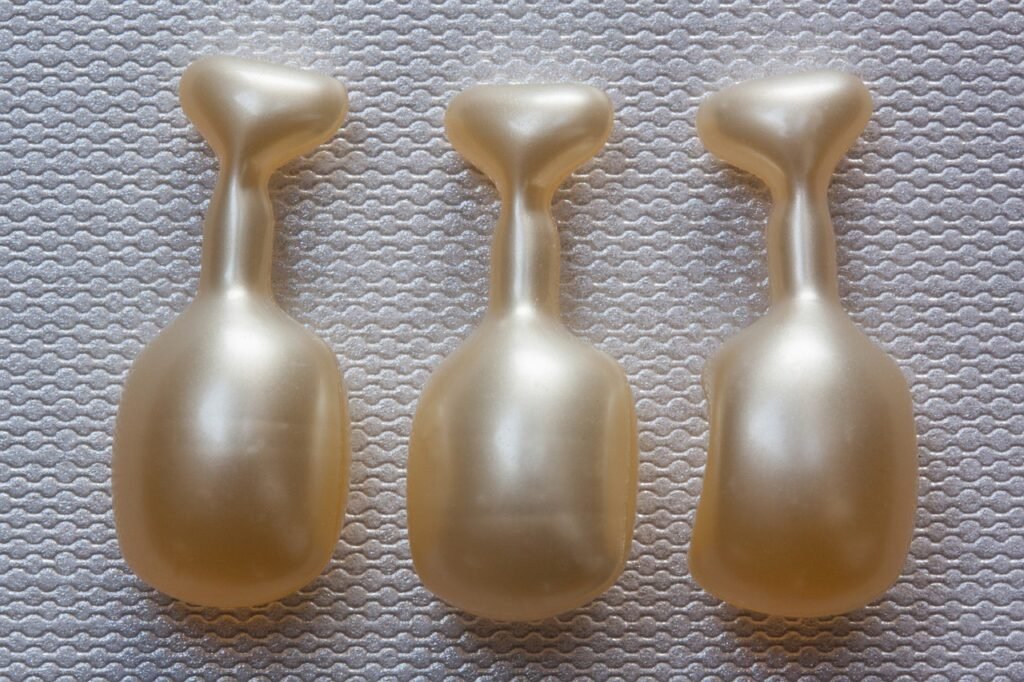
Embryonic stem cell therapy
Embryonic stem cell therapy involves the use of pluripotent stem cells derived from embryos. These cells possess the ability to differentiate into any cell type in the body, making them a potentially powerful tool for regenerative medicine.
In anti-aging treatments, embryonic stem cells can be harnessed to replace damaged or dysfunctional cells, rejuvenating tissues and organs. However, due to ethical concerns and regulatory restrictions, the use of embryonic stem cells in clinical settings is currently limited.
Induced pluripotent stem cell therapy
Induced pluripotent stem cell (iPSC) therapy is a groundbreaking approach that involves reprogramming adult cells back into a pluripotent state. This technique allows scientists to generate patient-specific stem cells, which can be used to replace damaged cells and repair aging tissues.
By reprogramming adult cells, iPSC therapy offers a potential solution for personalized anti-aging treatments. However, further research and development are still needed to ensure the safety and efficacy of this therapy.
Mesenchymal stem cell therapy
Mesenchymal stem cells (MSCs) are a type of adult stem cell that can differentiate into various cell types, including bone, cartilage, and fat cells. They also possess potent immunomodulatory and anti-inflammatory properties.
In anti-aging treatments, MSCs can be isolated from various sources, such as bone marrow, adipose tissue, or umbilical cord blood, and administered to promote tissue repair and regeneration. MSC therapy has shown promising results in improving skin elasticity, reducing wrinkles, and enhancing overall skin quality.
Regulation of Stem Cell Therapies in Malaysia
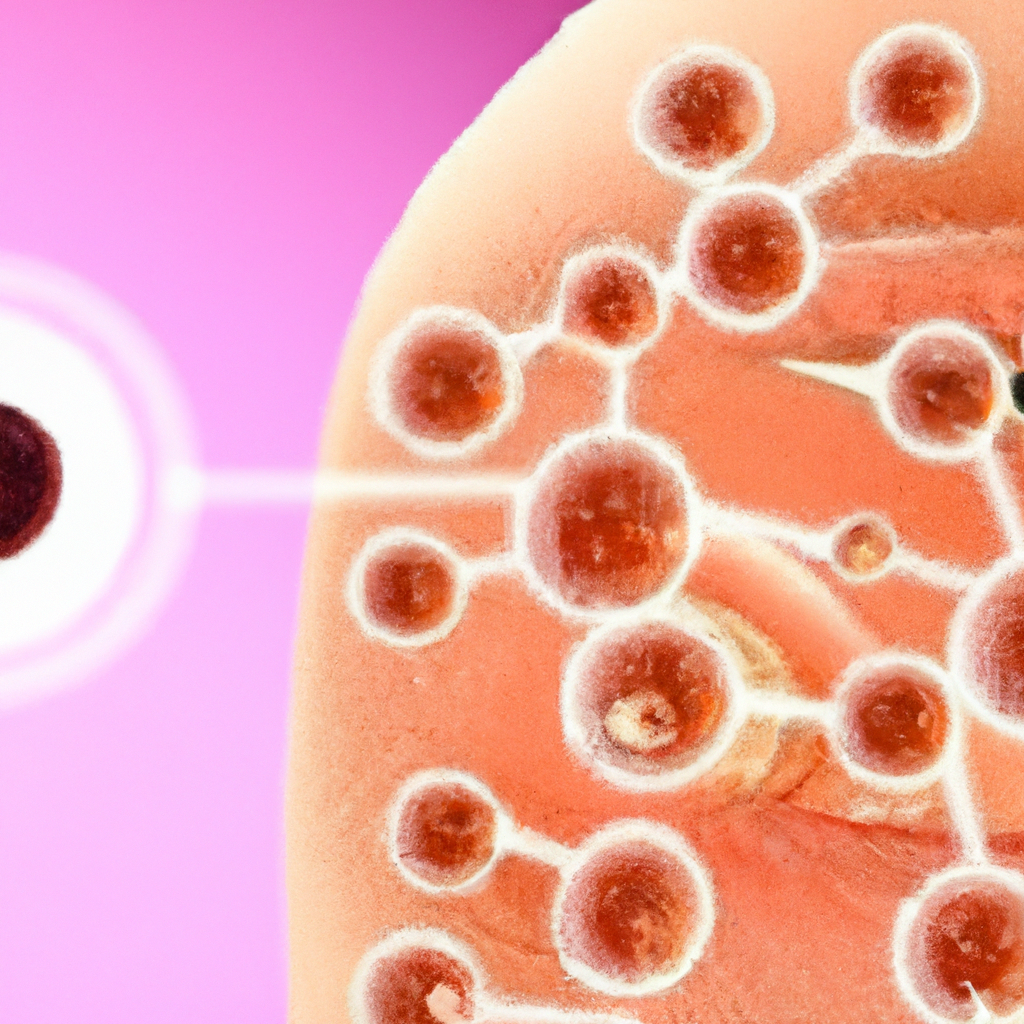
Laws and regulations surrounding stem cell treatments
In Malaysia, the regulation of stem cell therapies is overseen by various government bodies and agencies to ensure patient safety and treatment efficacy. The key legislation governing stem cell therapies includes the National Stem Cell Guidelines, the Medical Device Act, and the Malaysian Good Tissue Practice.
These regulations outline the standards and requirements for stem cell research, development, and clinical use in Malaysia. They focus on aspects such as cell sourcing, manufacturing processes, clinical trial protocols, and patient safety.
Government agencies responsible for oversight
The primary government agency responsible for overseeing stem cell therapies in Malaysia is the National Committee on Stem Cell Research and Therapy (NCSCRT). This committee, under the purview of the Ministry of Health Malaysia, is responsible for the development, implementation, and monitoring of national stem cell guidelines and regulations.
Additionally, the Medical Device Authority (MDA) ensures compliance with the Medical Device Act and sets standards for the manufacturing, importation, and distribution of stem cell therapies. The MDA plays a crucial role in ensuring that stem cell products are safe, effective, and of high quality.
Licensing and accreditation of stem cell clinics
Stem cell clinics in Malaysia must obtain the necessary licenses and accreditations to operate legally. The Malaysian Ministry of Health requires stem cell clinics to be registered under the Private Healthcare Facilities and Services Act. This registration process ensures that clinics meet specific standards and guidelines for healthcare provision.
Furthermore, stem cell clinics may seek accreditation from reputable organizations, such as the Malaysian Society for Quality in Health (MSQH) or Joint Commission International (JCI). These accreditations validate the quality and safety of the clinic’s facilities, processes, and patient care.
Efficacy and Safety of Stem Cell Anti-Aging Treatments
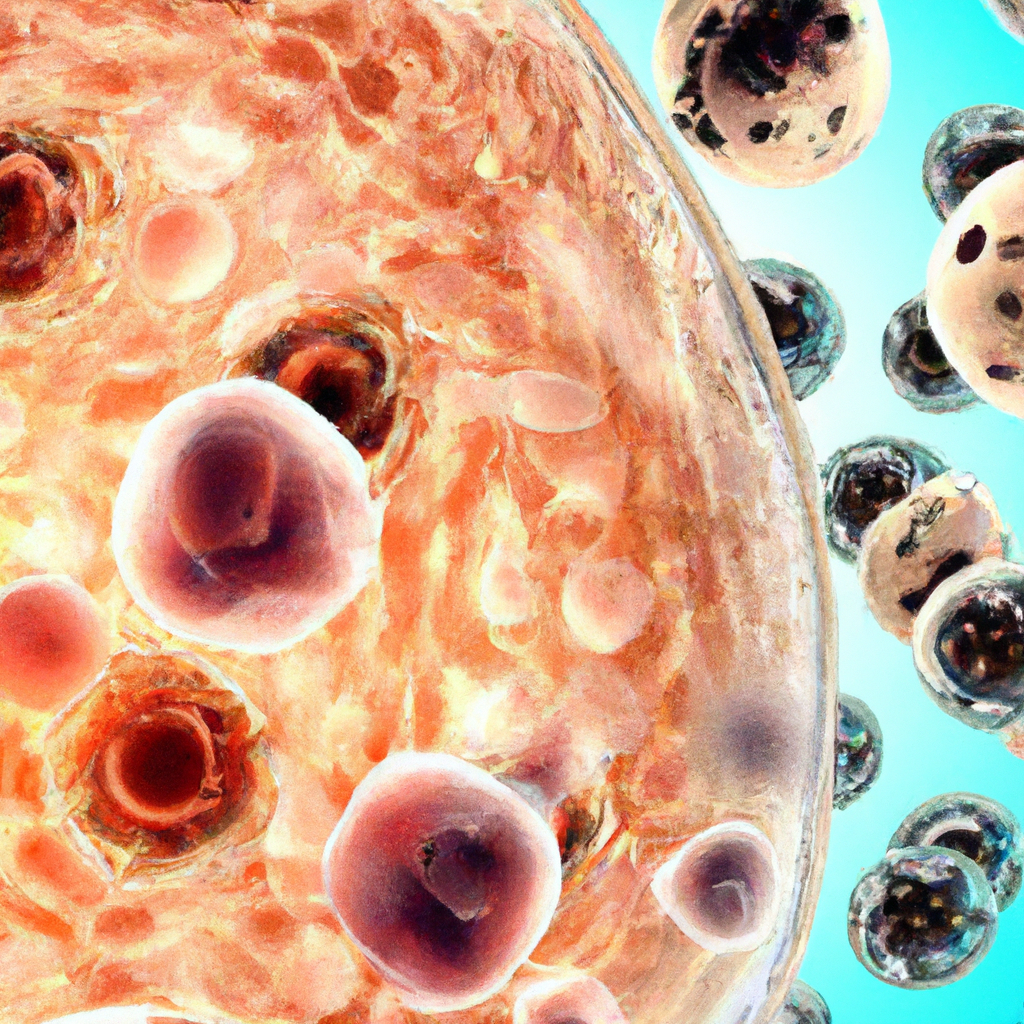
Clinical evidence supporting the use of stem cells
There is a growing body of scientific literature supporting the use of stem cell therapies in anti-aging treatments. Clinical studies have demonstrated the regenerative potential of stem cells in improving skin quality, reducing wrinkles, and promoting tissue repair.
For example, a study published in the Journal of Cosmetic Dermatology showed that mesenchymal stem cell therapy significantly improved skin elasticity, firmness, and hydration in aging individuals. Other studies have reported similar positive outcomes, highlighting the efficacy and potential of stem cell treatments in anti-aging interventions.
Potential risks and side effects of treatment
While stem cell therapies hold great promise, it is essential to acknowledge and address their potential risks and side effects. Adverse events associated with stem cell treatments can arise from factors such as improper cell processing, contamination, immune rejection, or uncontrolled cell growth.
It is crucial for healthcare professionals and clinics to adhere to strict quality control measures, follow established protocols, and ensure patient safety. Thorough patient screening, informed consent, and ongoing monitoring are essential components of a safe and successful stem cell therapy.
Patient selection and screening
Patient selection and screening are critical in ensuring the safety and efficacy of stem cell anti-aging treatments. A comprehensive assessment of the patient’s medical history, current health status, and individual goals is essential to determine suitability for stem cell therapy.
Healthcare professionals should evaluate factors such as overall health, underlying medical conditions, medication use, and previous treatments. Additionally, realistic expectations regarding the potential outcomes of treatment should be discussed with patients to ensure informed decision-making.
Cost and Accessibility of Stem Cell Anti-Aging Treatments in Malaysia
Affordability and pricing
The cost of stem cell anti-aging treatments in Malaysia can vary depending on various factors, such as the type of stem cell therapy, clinic reputation, location, and treatment duration.
It is essential to note that stem cell therapies are often considered elective procedures and may not be covered by health insurance. As a result, individuals considering these treatments should carefully evaluate the financial implications and consult with the clinic to understand the expected costs.
Availability of clinics and practitioners
Malaysia has a growing number of stem cell clinics and practitioners specializing in anti-aging treatments. These clinics offer a range of stem cell therapies tailored to address different aging concerns, such as skin rejuvenation, hair restoration, and overall vitality enhancement.
Potential patients should conduct thorough research to identify reputable clinics and qualified healthcare professionals with expertise in stem cell anti-aging treatments. Reading patient reviews, evaluating clinic accreditations, and arranging consultations can help individuals make informed decisions about their healthcare providers.
Insurance coverage for stem cell therapies
Currently, stem cell anti-aging treatments may not be covered by health insurance in Malaysia, as they are often considered cosmetic or elective procedures. Individuals should consult with their insurance providers to determine the extent of coverage, if any. It is important to verify insurance coverage before undergoing any stem cell therapy to avoid unexpected financial burdens.
Success Stories and Patient Testimonials
Real-life examples of individuals who benefited from stem cell treatments
There are numerous real-life success stories of individuals who have benefited from stem cell anti-aging treatments in Malaysia. These stories highlight the positive outcomes and improvements that patients have experienced.
For instance, a 55-year-old woman underwent mesenchymal stem cell therapy for skin rejuvenation and reported significant improvements in skin tone, texture, and elasticity. Similarly, a 60-year-old man received induced pluripotent stem cell therapy for hair restoration and witnessed a noticeable increase in hair density and regrowth.
Such stories serve as inspiring examples of the potential of stem cell therapies to enhance the quality of life and reverse the signs of aging.
Positive outcomes and improvements reported by patients
Patients undergoing stem cell anti-aging treatments in Malaysia have reported various positive outcomes and improvements. These may include enhanced skin quality, reduced wrinkles and fine lines, improved hair growth, increased energy levels, and greater overall well-being.
Individual experiences and outcomes can vary depending on factors such as treatment type, individual response, and adherence to post-treatment care. It is essential for patients to have realistic expectations and engage in open communication with their healthcare providers to maximize the potential benefits of stem cell therapies.
Long-term effects and sustainability
Long-term effects and sustainability of stem cell anti-aging treatments are areas of ongoing research and study. While some individuals may experience long-lasting benefits, the duration of the effects can vary among patients.
Maximizing the long-term effects and sustainability of stem cell therapies often involves incorporating healthy lifestyle practices, such as regular exercise, a balanced diet, stress management, and appropriate skincare routines. These practices can complement the regenerative effects of stem cell treatments and support overall health and well-being.
Future Perspectives and Advancements
Current research and ongoing studies
Stem cell research in the field of anti-aging is continuously evolving, with ongoing studies exploring new avenues and potential applications. Researchers are investigating ways to optimize stem cell therapies, improve delivery methods, and enhance treatment outcomes.
Current areas of focus include the use of gene editing techniques to enhance stem cell functionality, the development of tissue-specific stem cell therapies, and the exploration of stem cell-derived extracellular vesicles for anti-aging interventions. Exciting advancements are expected to emerge from these studies, further advancing the field of anti-aging stem cell therapies.
Emerging technologies and techniques
Emerging technologies and techniques hold promise for the future of stem cell anti-aging treatments. Advances in cellular reprogramming, genetic engineering, and tissue engineering are revolutionizing the field and expanding the possibilities for regenerative medicine.
For example, the use of nanotechnology and biomaterials in combination with stem cell therapies can facilitate targeted delivery and enhance the survival and differentiation of transplanted cells. These innovative approaches offer potential solutions for overcoming current limitations and improving the efficacy and safety of stem cell anti-aging treatments.
Potential breakthroughs in anti-aging stem cell therapies
With ongoing research and advancements, potential breakthroughs in anti-aging stem cell therapies are on the horizon. Scientists are working towards unraveling the mechanisms of aging and developing innovative strategies to reverse or slow down the aging process.
One area of interest is the rejuvenation of aged stem cells, thereby restoring their regenerative capacity and enhancing tissue repair. Additionally, the use of stem cells in combination with other regenerative therapies, such as growth factors and cytokines, holds promise for augmenting the anti-aging effects of stem cell treatments.
Considerations and Precautions for Potential Patients
Consulting with a qualified healthcare professional
Before considering stem cell anti-aging treatments, it is essential to consult with a qualified healthcare professional who has expertise in this field. A healthcare professional can assess your individual needs, evaluate your medical history, and provide personalized recommendations.
During the consultation, ask questions, express any concerns or expectations, and seek clarification on the treatment process, potential risks, and anticipated outcomes. This will allow you to make an informed decision regarding the suitability of stem cell therapies for your specific circumstances.
Understanding the limitations and expectations of treatment
While stem cell anti-aging treatments offer potential benefits, it is crucial to understand their limitations and set realistic expectations. These treatments may not completely reverse or halt the aging process, but they can help improve specific aspects of aging, such as skin quality, hair density, or overall vitality.
Stem cell therapies work in synergy with a holistic approach to healthy aging, which includes lifestyle modifications and self-care practices. Understanding that stem cell treatments are part of a broader strategy can help individuals manage their expectations and optimize the outcomes of their anti-aging journey.
Making informed decisions about stem cell therapies
When considering stem cell anti-aging treatments, it is essential to make informed decisions based on accurate information and reputable sources. Research and educate yourself about the different types of stem cell therapies, the latest advancements, and the regulatory landscape.
Consider seeking multiple opinions from qualified healthcare professionals and thoroughly evaluate the credentials, reputation, and success rates of stem cell clinics. By staying informed and knowledgeable, you can make well-informed decisions that prioritize your health and well-being.
In conclusion, stem cell anti-aging treatments offer a promising approach to rejuvenating aging tissues and addressing the signs of aging. By understanding the basics of stem cells, the aging process, and the role of stem cells in aging, individuals can make informed decisions about the various types of stem cell therapies available in Malaysia. Considering factors such as regulation, safety, efficacy, cost, and patient testimonials can help individuals navigate their anti-aging journey and optimize their overall well-being and quality of life.

